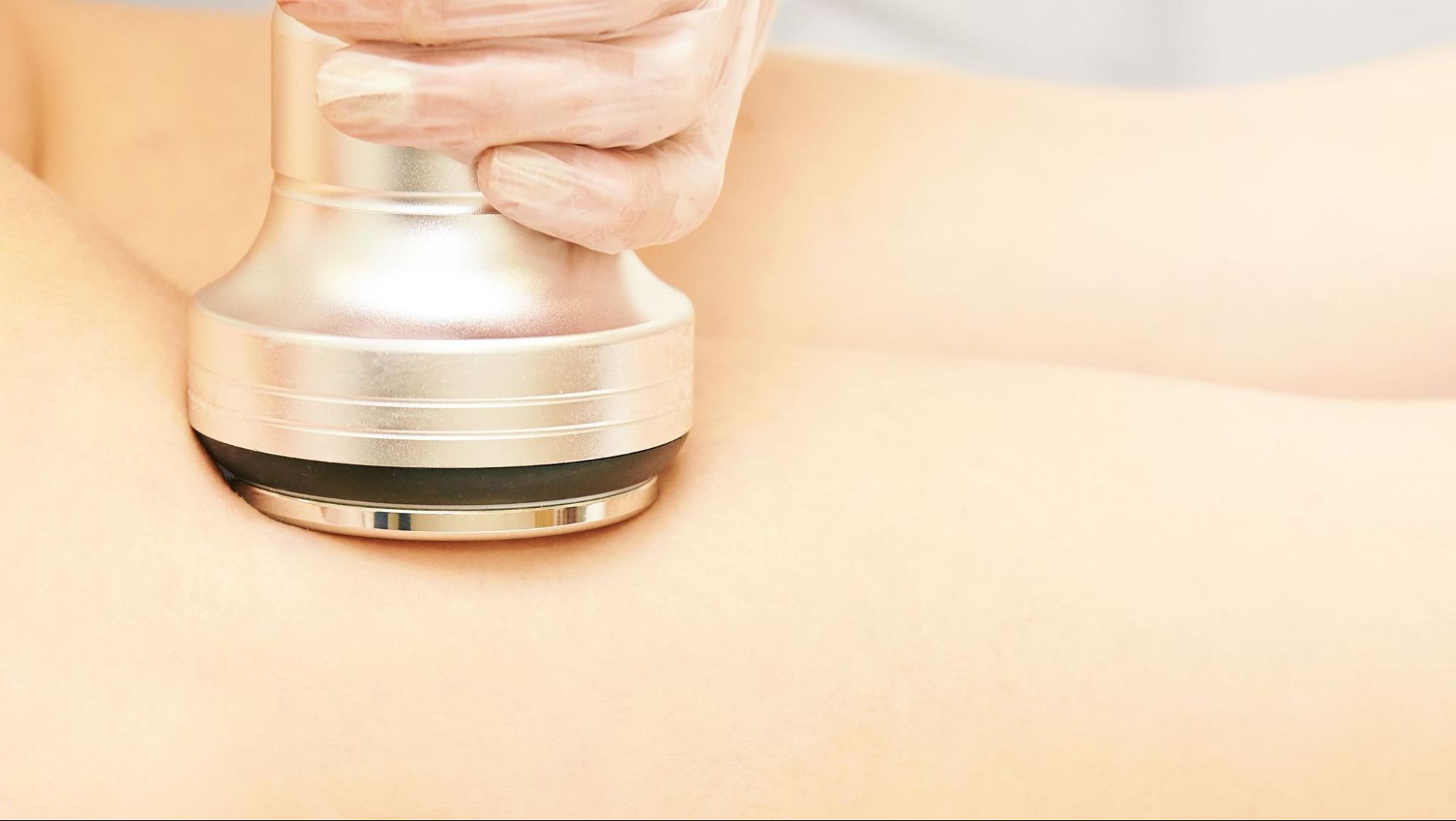
Motherhood is often depicted with rosy filters and perfect moments, but behind many smiles lies a silent struggle: addiction. For many mothers in the US, addiction is an unseen battlefield, where they juggle the roles of caregiver and warrior against a formidable enemy. Understanding how addiction affects mothers and finding ways to support them is crucial. Keep reading to dive into the complex world of maternal addiction, its unique challenges, and the steps we can take to provide help and hope.
The Path to Addiction: More Than a Personal Choice
Addiction doesn’t just happen overnight. It often starts subtly, especially for mothers who might initially seek relief from stress, exhaustion, or emotional pain. Many mothers report that they started vaping, and from there, it spiraled into addiction. This trajectory is all too common, reflecting how societal pressures and personal struggles intersect to create a perfect storm for substance abuse.
The initial foray into substances like nicotine or alcohol might seem harmless or even socially acceptable. However, for many mothers, the need for relief can quickly transform into dependency. The transition from occasional use to addiction is often marked by an increasing need for the substance to cope with daily challenges. This dependency affects not only their health but also their ability to fulfill their roles as mothers, partners, and professionals.
The Unique Challenges of Maternal Addiction
Motherhood adds layers of complexity to the issue of addiction. Unlike other individuals, mothers face unique challenges that can exacerbate their struggles with substance abuse. The societal expectation to be the perfect, ever-present caregiver can lead to immense pressure and feelings of inadequacy. This pressure is compounded by the stigma surrounding addiction, particularly for mothers.
The fear of losing custody of their children or being judged by family, friends, and society at large can prevent mothers from seeking help. This fear often leads to isolation, where mothers might hide their addiction, further entrenching their dependence on substances. Additionally, the physical and emotional demands of motherhood can leave little room for self-care, making it harder to break the cycle of addiction.
The Ripple Effects: Family and Community Impact
Addiction doesn’t just affect the individual; it ripples out, impacting families and communities. For mothers, the consequences of addiction can be particularly severe, given their central role in the family unit. Children of addicted mothers often face emotional and psychological challenges, including feelings of neglect, anxiety, and guilt. The instability created by a mother’s addiction can disrupt family dynamics, leading to strained relationships and financial difficulties. Communities also feel the impact.

When mothers struggle with addiction, their ability to contribute positively to society diminishes. This can lead to increased healthcare costs, higher rates of child welfare interventions, and a general decline in community well-being.
Understanding these ripple effects underscores the importance of addressing maternal addiction not just as an individual issue but as a broader societal concern.
Finding Solutions: Support Systems and Resources
Addressing maternal addiction requires a multifaceted approach. Support systems and resources tailored specifically for mothers can make a significant difference. One of the first steps is creating a supportive environment where mothers feel safe to seek help without fear of judgment or repercussions.
Peer support groups, both online and in-person, can provide a sense of community and understanding. These groups allow mothers to share their experiences, gain insights from others, and find comfort in knowing they are not alone. Additionally, professional counseling and therapy can address underlying issues contributing to addiction, such as trauma, stress, and mental health disorders.
Access to childcare and flexible treatment programs can also remove barriers to seeking help. For many mothers, the lack of reliable childcare is a significant obstacle. Providing childcare services within treatment facilities or offering flexible scheduling can make it easier for mothers to commit to their recovery.
Recovery and Beyond: The Journey to Healing
Recovery from addiction is not a linear process; it is a journey with ups and downs. For mothers, this journey involves overcoming their dependency and rebuilding their lives and relationships. The recovery process can empower mothers, giving them the tools and confidence to reclaim their lives and family roles.
Holistic treatment approaches that address the physical aspects as well as the emotional and psychological aspects of addiction can be particularly effective. These might include medical treatment, therapy, mindfulness practices, and support groups. Focusing on overall well-being, rather than just the addiction itself, can help mothers build a strong foundation for long-term recovery.
Education and awareness are also crucial components of recovery. By educating mothers about the nature of addiction and providing them with coping strategies, we can empower them to make educated choices and avoid relapse. Ongoing support, whether through follow-up counseling or peer support groups, ensures mothers have a safety net as they navigate recovery challenges.
Gender-Specific Treatment: Why It Matters and What to Look For
One of the most critical aspects of addressing maternal addiction is recognizing the need for gender-specific treatment. The unique challenges mothers face require specialized care addressing their needs and circumstances. A women’s addiction treatment center could be the lifeline you need, providing a safe and supportive environment where mothers can focus on their recovery without the added pressures of mixed-gender settings.

When looking for a treatment center, several factors must be considered. The center should offer comprehensive care that addresses the physical, emotional, and psychological aspects of addiction. This includes medical treatment, therapy, and holistic approaches like mindfulness and wellness.
A supportive community of women who understand the special and individually unique challenges of motherhood and addiction can be incredibly beneficial. Peer support groups within the treatment center can provide a sense of mutual understanding, fostering an environment of empathy and encouragement.
Addiction among mothers in the US is a complicated issue that requires a compassionate and comprehensive approach. The journey to recovery is not easy, but with the right support, mothers can find hope and healing, ensuring a brighter future for themselves and their families.










































